
Jul 6, 2024
Seattle's Water Damage Secrets Revealed: What You Need to Know

Causes of Water Damage
Water damage can be caused by various factors, with natural disasters such as floods and heavy rainfall being common culprits. In Seattle, the city's proximity to bodies of water like Puget Sound increases the risk of flooding during rainy seasons.
Additionally, burst pipes due to freezing temperatures or aging infrastructure are prevalent causes of water damage in residential and commercial properties. Leaks from roofs, windows, or plumbing systems can also lead to water infiltration and subsequent damage if left unattended.
Moreover, human error or negligence can contribute to water damage incidents. For instance, leaving a faucet running unattended or improperly sealing a bathtub can lead to significant water overflow and subsequent damage to floors, walls, and belongings.
Poor maintenance of appliances such as washing machines, dishwashers, and water heaters can result in leaks that go unnoticed until significant damage has occurred. Understanding the potential causes of water damage is crucial for taking preventive measures and seeking timely restoration services.
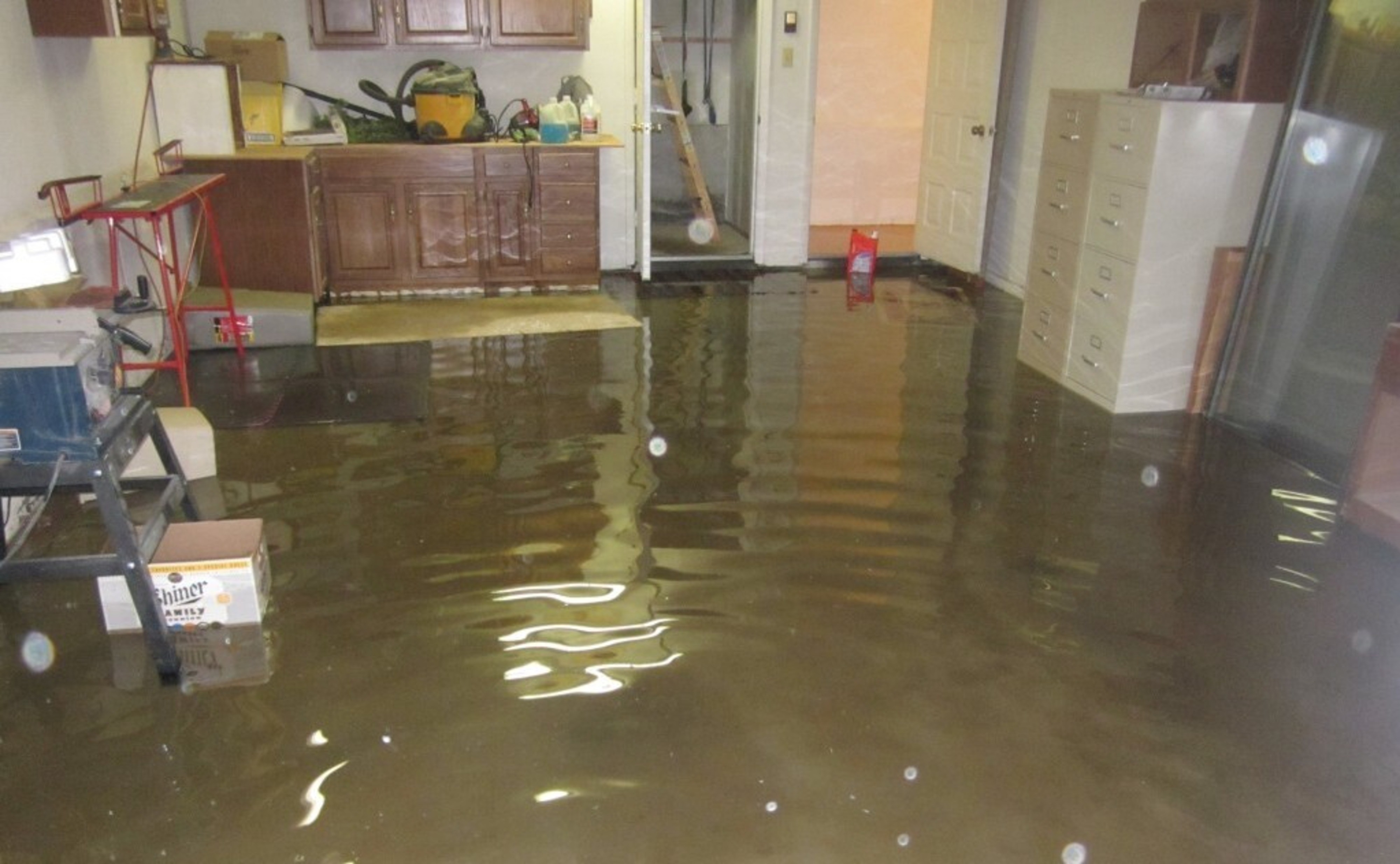
Types of Water Damage
Water damage is categorized into three main types based on the source and level of contamination: clean water, gray water, and blackwater. Clean water refers to water that does not pose substantial health risks initially. This type typically comes from sources like broken pipes or overflowing sinks.
While clean water may seem harmless at first glance, it can quickly become contaminated if left stagnant for an extended period or exposed to external elements. Graywater contains some degree of contamination and may originate from sources like appliances (e.g., washing machines) or clean toilets with urine content.
Although not as hazardous as blackwater initially, graywater can promote microbial growth if not promptly addressed through proper drying techniques and sanitation practices. Blackwater is the most severe category of water damage and carries significant health risks due to its high level of contamination from sewage backups or floodwaters containing fecal matter.
Assessment and Inspection of the Affected Area
One of the crucial initial steps in water restoration services is conducting a thorough assessment and inspection of the affected area. This process involves trained professionals evaluating the extent and source of water damage.
By pinpointing the cause and assessing how far the damage has spread, technicians can develop an effective restoration plan tailored to the specific situation. During the assessment, experts may use moisture meters, thermal imaging cameras, and other advanced tools to detect hidden pockets of moisture behind walls or under floors.
This detailed inspection helps identify potential areas at risk for mold growth or structural damage if not properly addressed. By understanding the full scope of the water damage, restoration teams can create a targeted approach for efficient mitigation.
The assessment phase sets the foundation for a successful water restoration process by providing valuable insights into what actions are needed to restore the property back to its pre-damage condition. Clear documentation of findings during this stage also serves as a reference point for monitoring progress as restoration work commences.
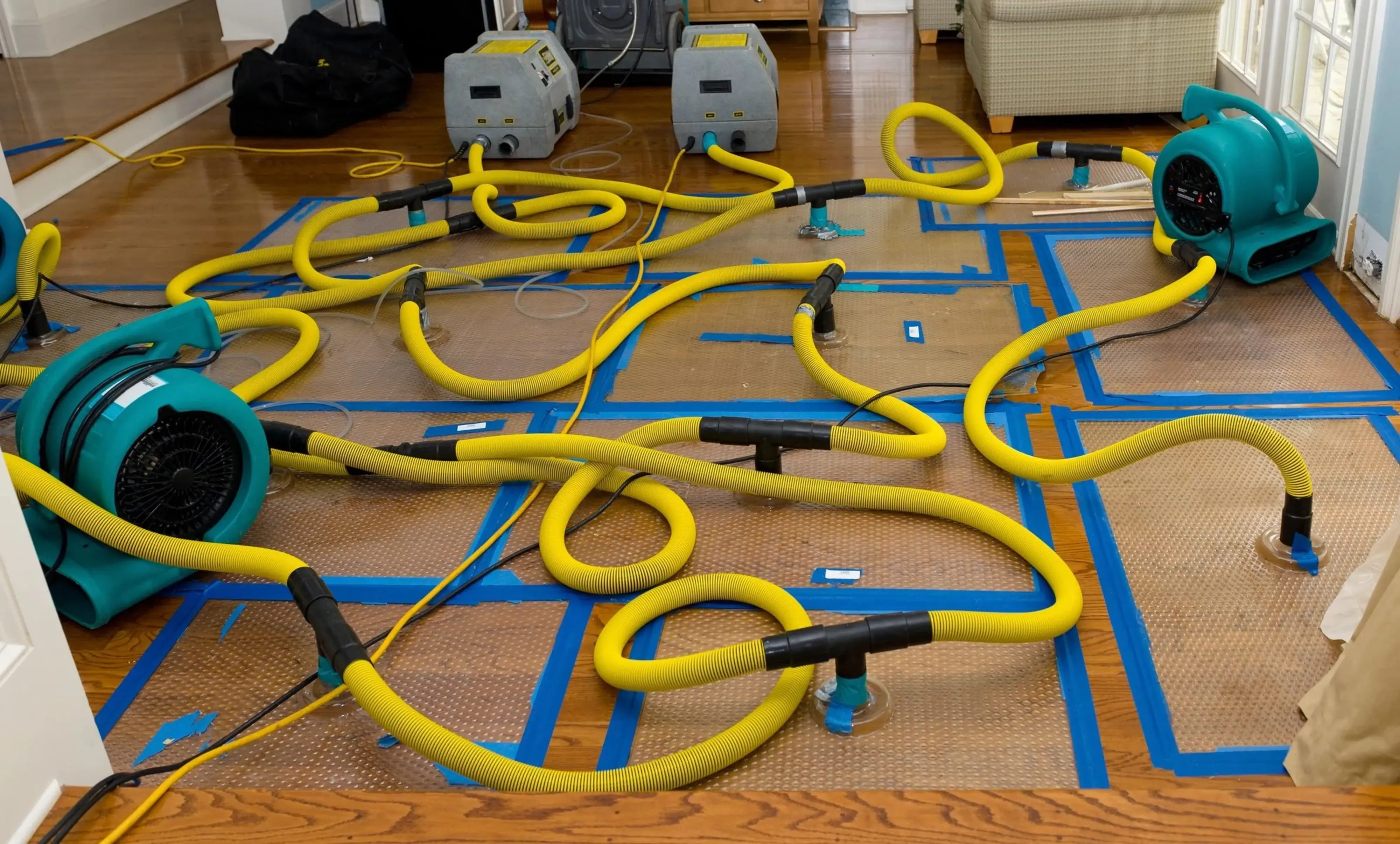
Water Extraction and Removal Using Specialized Equipment
Once the assessment is complete, water extraction becomes a primary focus in mitigating further damage. Specialized equipment such as submersible pumps, wet vacuums, and industrial-grade extractors are employed to swiftly remove standing water from affected areas.
Prompt removal of excess water is essential in preventing structural weakening, mold growth, and potential health hazards associated with prolonged exposure to moisture. Trained technicians oversee the water extraction process meticulously, ensuring no area is overlooked or left saturated.
By efficiently extracting water using professional-grade equipment, restoration teams expedite drying times and minimize overall disruption to property owners. This proactive approach significantly contributes to restoring normalcy quickly after a water-related incident.
The use of advanced extraction tools enables technicians to access hard-to-reach spaces effectively while safeguarding against further moisture infiltration. By employing industry-best practices in water removal procedures, restoration professionals lay down a solid foundation for subsequent drying and dehumidification processes.
Drying and Dehumidification to Prevent Mold Growth
Following thorough water extraction comes the critical phase of drying and dehumidification aimed at eliminating residual moisture trapped within building materials like walls, floors, and ceilings. Powerful air movers strategically placed throughout the impacted area enhance evaporation rates while dehumidifiers absorb excess humidity from indoor air. Controlled drying techniques prevent lingering moisture from fostering mold growth—a common concern after water damage incidents.
Restoration experts monitor humidity levels regularly during this stage using specialized meters to track progress accurately. Properly dried structures reduce microbial proliferation risks while simultaneously preserving property integrity.
The meticulous approach taken during drying and dehumidification ensures comprehensive moisture removal down to acceptable levels established by industry standards. Thoroughly dried surfaces lay down essential groundwork for subsequent cleaning and sanitization efforts designed to restore affected areas back to their pre-damage state effectively.
Specialized Services Offered by CPR Water Restoration in Seattle
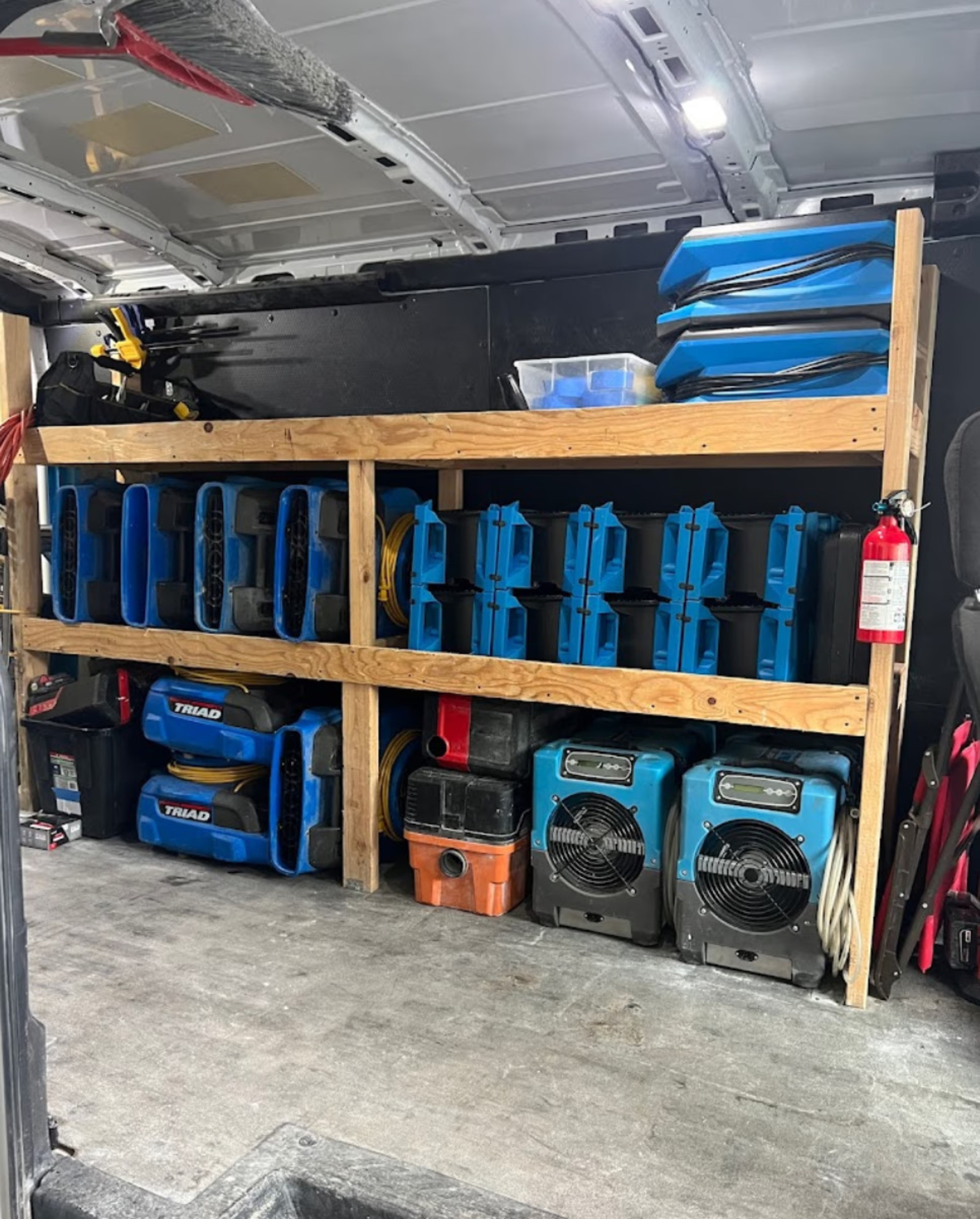
Emergency Response 24/7 for Immediate Assistance
CPR Water Restoration in Seattle prides itself on providing round-the-clock emergency response services to swiftly address water damage issues. Whether it's a burst pipe in the middle of the night or flooding during a weekend storm, their team is equipped and ready to respond promptly.
Having a reliable service available 24/7 ensures that customers can reach out for help at any time, reducing the risk of further damage to their property. In emergency situations, CPR Water Restoration's highly trained technicians arrive on-site quickly to assess the extent of the water damage.
They utilize advanced equipment and techniques to efficiently extract standing water, mitigate potential hazards, and begin the restoration process immediately. This rapid response not only helps prevent additional damage but also gives customers peace of mind knowing that skilled professionals are taking care of their property.
The commitment to providing emergency response services around the clock sets CPR Water Restoration apart as a dependable ally in times of crisis. Their prompt actions and dedication to customer satisfaction ensure that properties affected by water damage receive swift and effective assistance, minimizing disruption and restoring peace of mind to homeowners and businesses alike.
Mold Remediation Services to Prevent Health Hazards
One of the critical services offered by CPR Water Restoration in Seattle is mold remediation, aimed at preventing health hazards associated with mold growth following water damage incidents. Mold can begin proliferating within 24-48 hours after water exposure, posing health risks such as respiratory issues and allergies.
The team at CPR Water Restoration is well-versed in identifying mold infestations, containing their spread, and safely removing them from affected areas. Using industry-approved protocols and state-of-the-art equipment, CPR Water Restoration's technicians conduct thorough mold inspections to locate hidden growth areas.
Once identified, they implement targeted strategies for containment and removal while ensuring proper ventilation to safeguard indoor air quality. By addressing mold issues promptly and effectively, CPR Water Restoration helps restore healthy living environments for their clients.
Mold remediation services provided by CPR Water Restoration go beyond surface cleaning; they focus on eradicating mold at its source while taking preventive measures against future infestations. Their expertise in handling mold-related challenges underscores their commitment to comprehensive restoration solutions that prioritize both property integrity and occupant well-being.
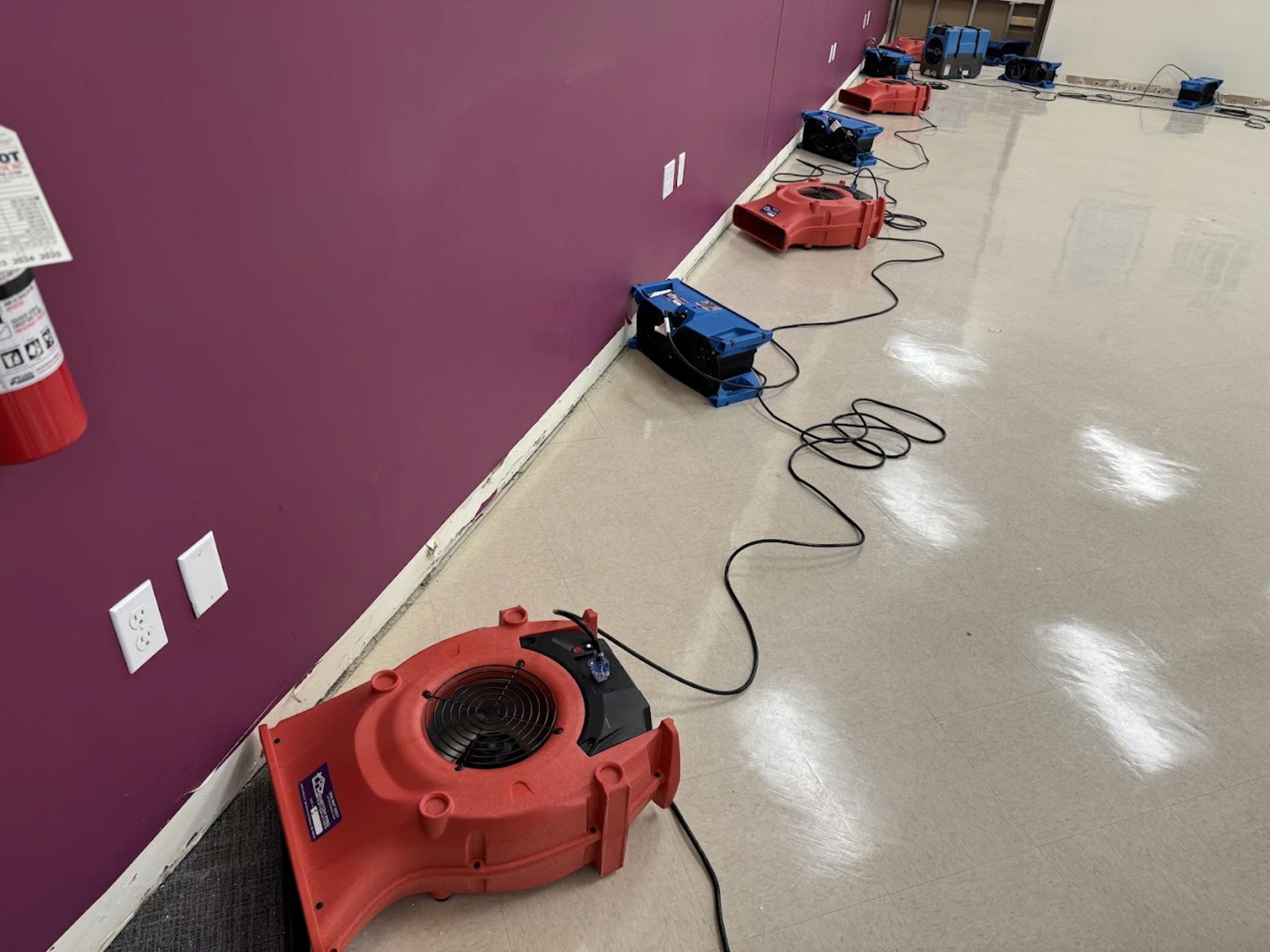
Structural Drying to Restore Damaged Buildings
Structural drying is a crucial component of water restoration services offered by CPR Water Restoration in Seattle, essential for preserving the structural integrity of buildings affected by water intrusion. Excess moisture can compromise building materials like drywall, wood framing, and flooring if left unchecked.
To mitigate long-term damage risks such as warping or rotting, CPR employs specialized drying techniques tailored to each unique situation. Upon completing initial water extraction procedures, CPR's experts deploy industrial-grade dehumidifiers along with high-velocity air movers strategically placed throughout impacted areas.
This combination accelerates evaporation rates from surfaces and materials while maintaining optimal humidity levels for effective drying processes. Regular monitoring ensures progress tracking towards achieving thorough structural drying outcomes.
By focusing on structural drying as part of their comprehensive restoration approach, CPR Water Restoration aims not only to restore buildings aesthetically but also functionally post-water damage events. The attention given to restoring structural components showcases their dedication towards delivering lasting solutions that prioritize safety, durability, and comfort for property occupants.
Advanced Techniques and Equipment Used by CPR Water Restoration
Thermal Imaging Technology for Detecting Hidden Moisture
In the realm of water damage restoration, precision is paramount. CPR Water Restoration in Seattle utilizes cutting-edge thermal imaging technology to accurately detect hidden moisture within structures.
This advanced tool allows our technicians to identify moisture pockets behind walls, under floors, or in ceilings that may not be visible to the naked eye. By pinpointing these areas of concern early on, we can prevent potential mold growth and structural damage.
The thermal imaging cameras used by CPR Water Restoration are equipped with infrared technology that can detect temperature variations caused by moisture. This enables our skilled technicians to create a comprehensive map of the affected areas and develop a targeted plan for drying and restoration.
By harnessing the power of thermal imaging, we ensure that no moisture goes undetected, providing our clients with thorough and effective water damage mitigation services. Furthermore, the use of thermal imaging technology not only enhances the efficiency of our restoration process but also minimizes disruption to your property.
By accurately identifying areas requiring attention, we can focus our efforts precisely where needed, reducing unnecessary tear-out and reconstruction. This results in faster restoration times and cost savings for our clients while maintaining high standards of quality and thoroughness in our work.
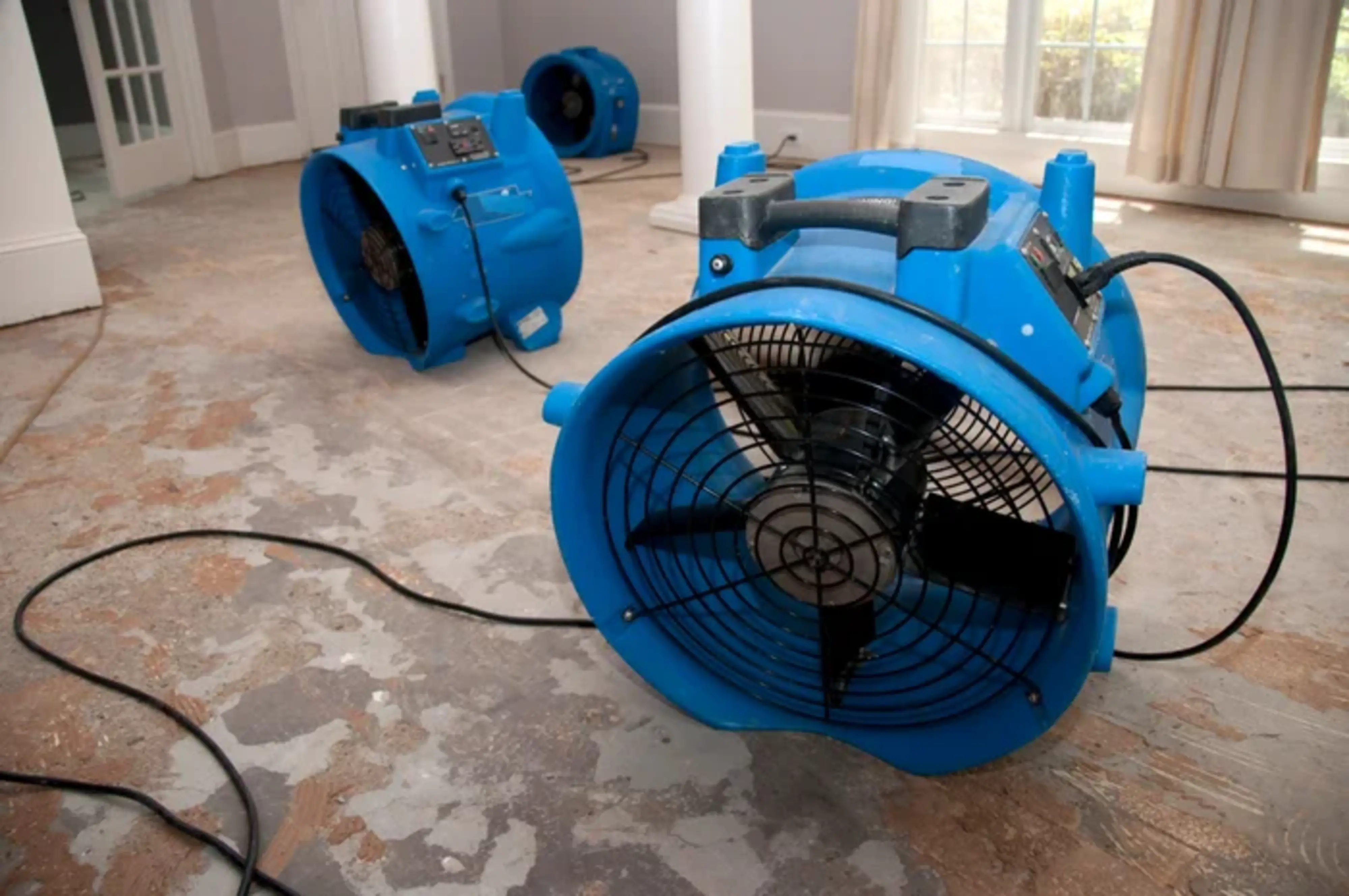
High-Powered Air Movers and Dehumidifiers for Efficient Drying
When it comes to water damage remediation, swift and thorough drying is essential to prevent further deterioration of structures and inhibit mold growth. CPR Water Restoration employs industry-leading high-powered air movers and dehumidifiers designed to expedite the drying process effectively. These specialized equipment work in tandem to create optimal airflow patterns that promote evaporation of moisture from surfaces like walls, floors, and furniture.
Our air movers are strategically positioned to maximize airflow across wet surfaces, accelerating evaporation rates significantly. Coupled with industrial-grade dehumidifiers that extract excess moisture from the air, this dynamic duo ensures rapid drying while maintaining indoor air quality at safe levels throughout the restoration process.
The combination of high-powered air movers and dehumidifiers not only speeds up drying times but also reduces the risk of secondary damages such as mold infestation or structural weakening. By leveraging state-of-the-art equipment like high-powered air movers and dehumidifiers, CPR Water Restoration guarantees efficient drying solutions tailored to each unique water damage scenario.
Our team meticulously monitors humidity levels during the drying process using advanced sensors to adjust equipment settings as needed for optimal performance. With a focus on precision and effectiveness, we strive to restore your property swiftly while upholding stringent quality standards in every aspect of our service delivery.
Ozone Treatments for Odor Removal
Water damage often leaves behind unpleasant odors that can linger long after visible signs have been addressed. To combat persistent odors effectively, CPR Water Restoration offers ozone treatments as part of our comprehensive restoration services in Seattle. Ozone is a natural gas composed of three oxygen atoms that acts as a powerful oxidizing agent capable of neutralizing odor-causing molecules at their source.
Ozone treatments work by dispersing ozone gas into affected spaces where it reacts with airborne contaminants on a molecular level, breaking them down into non-odorous compounds through oxidation processes. This method effectively eliminates stubborn odors without masking them with fragrances or chemicals commonly found in commercial deodorizers – ensuring a truly fresh environment once restoration is complete.
At CPR Water Restoration, we prioritize not just restoring physical structures but also ensuring a clean and odor-free living environment for our clients post-restoration. Our ozone treatments provide an eco-friendly solution for odor removal that yields lasting results without leaving harmful residues behind – promoting healthful indoor air quality while eradicating any lingering reminders of water damage incidents effectively.
Tips for Preventing Future Water Damage
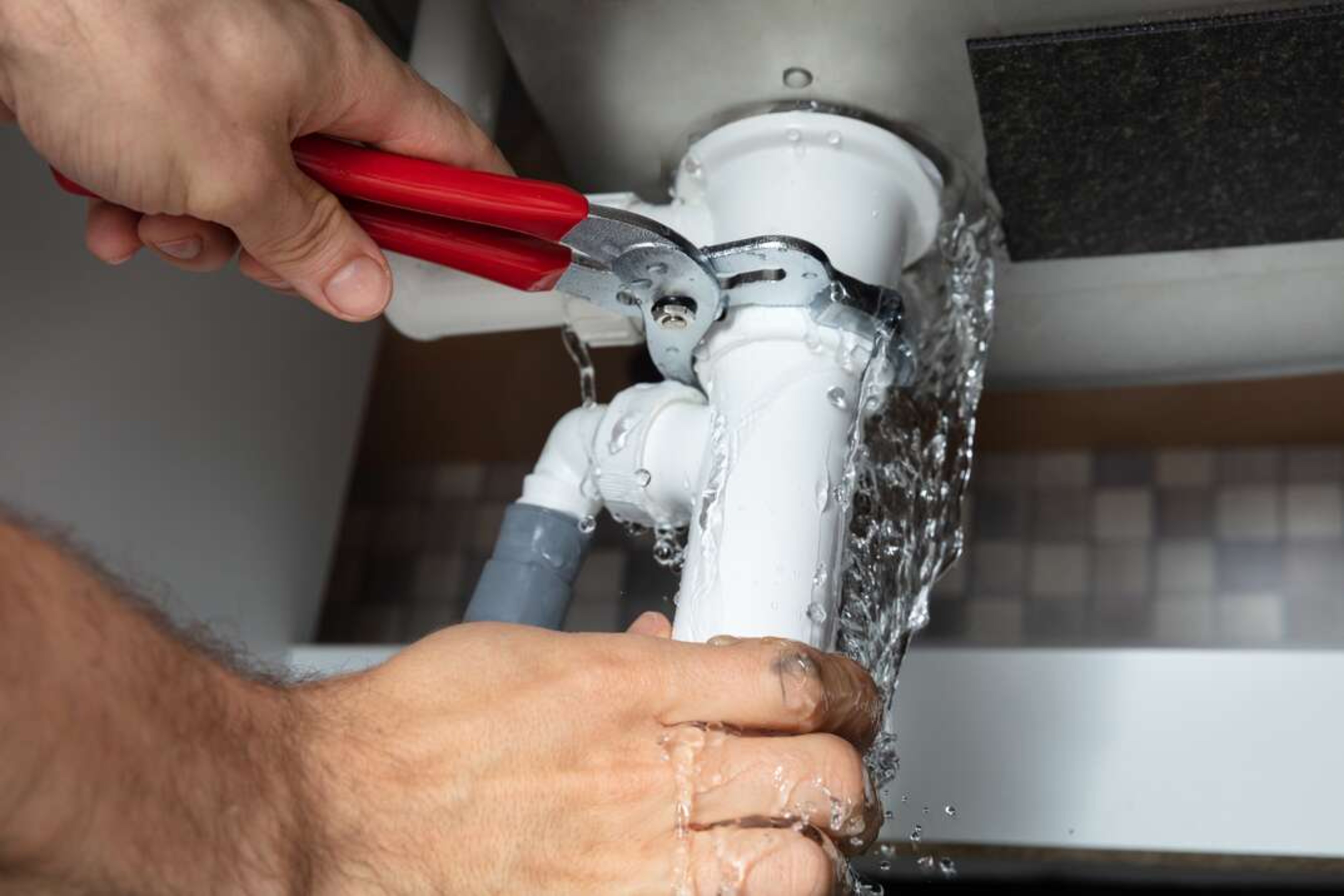
Regular Maintenance of Plumbing Systems
Proper maintenance of your plumbing system is crucial in preventing water damage in your home. Regularly inspecting and maintaining your pipes, faucets, and fixtures can help identify potential issues before they escalate into major problems. Check for leaks, drips, or signs of corrosion in pipes.
Replace any worn out or damaged parts promptly to avoid water leaks. Additionally, ensuring that drains are clear from debris and regularly flushing them with hot water can prevent clogs that lead to overflowing sinks or showers.
Moreover, scheduling routine inspections by a professional plumber can provide a comprehensive assessment of your plumbing system's condition. They can detect hidden leaks, identify areas of weakness in the pipes, and recommend necessary repairs or upgrades.
Investing in preventive maintenance not only safeguards your property from water damage but also extends the lifespan of your plumbing system. Incorporating simple habits like being mindful of what goes down the drain can also contribute to preventing plumbing-related water damage.
Avoid flushing items like wipes or grease down toilets and drains as they can cause blockages over time. Educating household members on proper plumbing practices can go a long way in maintaining the integrity of your plumbing system.
Proper Insulation to Prevent Frozen Pipes in Winter
One common cause of water damage during winter months is frozen pipes that burst due to expanding ice within them. To prevent this costly issue, it is essential to ensure proper insulation throughout your home. Start by insulating exposed pipes in unheated areas such as basements, attics, and crawl spaces with foam pipe insulation sleeves or heat tape.
This extra layer helps retain heat and prevents pipes from freezing. Additionally, during periods of extreme cold weather, allow faucets to drip slowly overnight to relieve pressure within the pipes and prevent them from freezing solid.
Opening cabinet doors under sinks to allow warm air circulation around pipes located along exterior walls can also help maintain higher temperatures and reduce the risk of freezing. Taking proactive measures such as keeping indoor temperatures consistent even when away from home and sealing any gaps or cracks near pipes that allow cold air infiltration are key steps in protecting your plumbing system during winter months.



